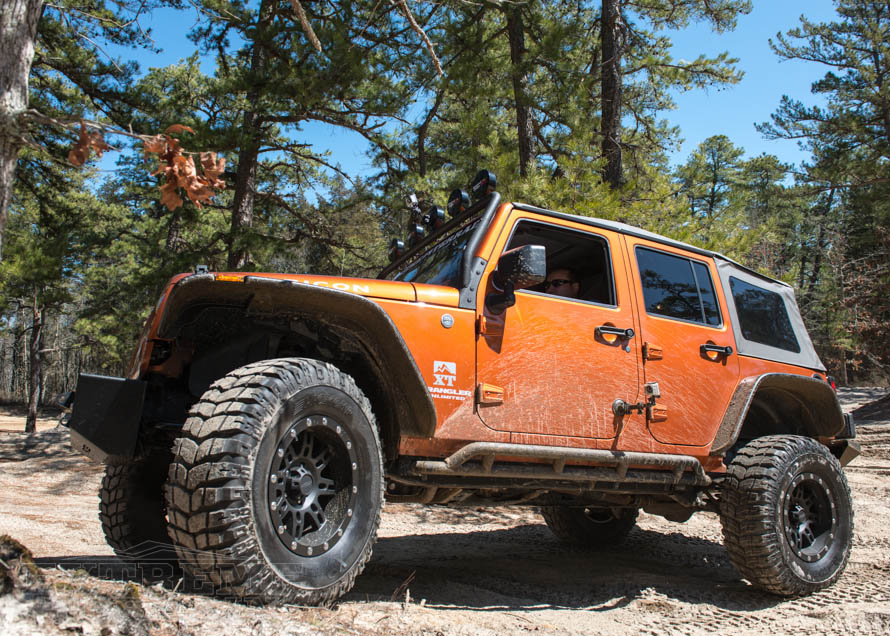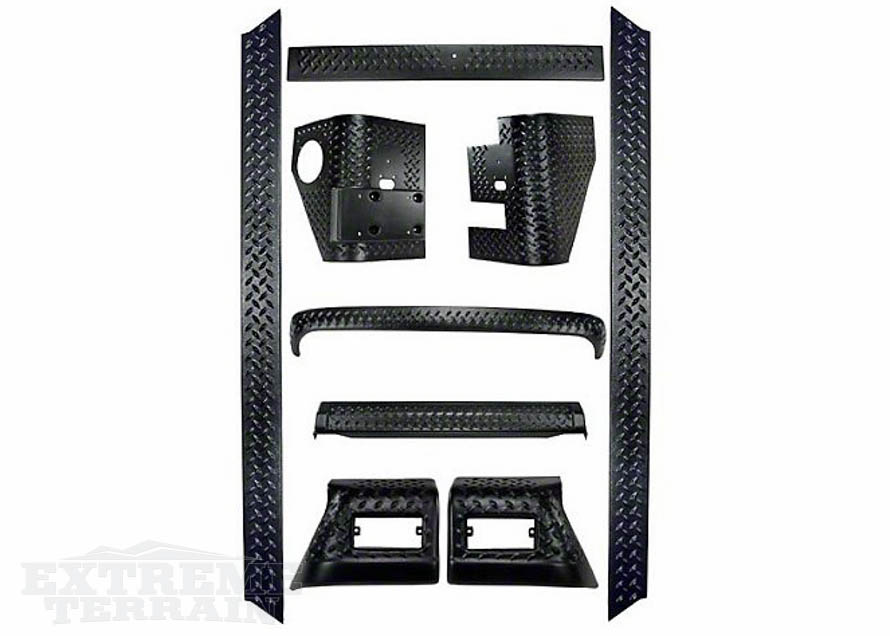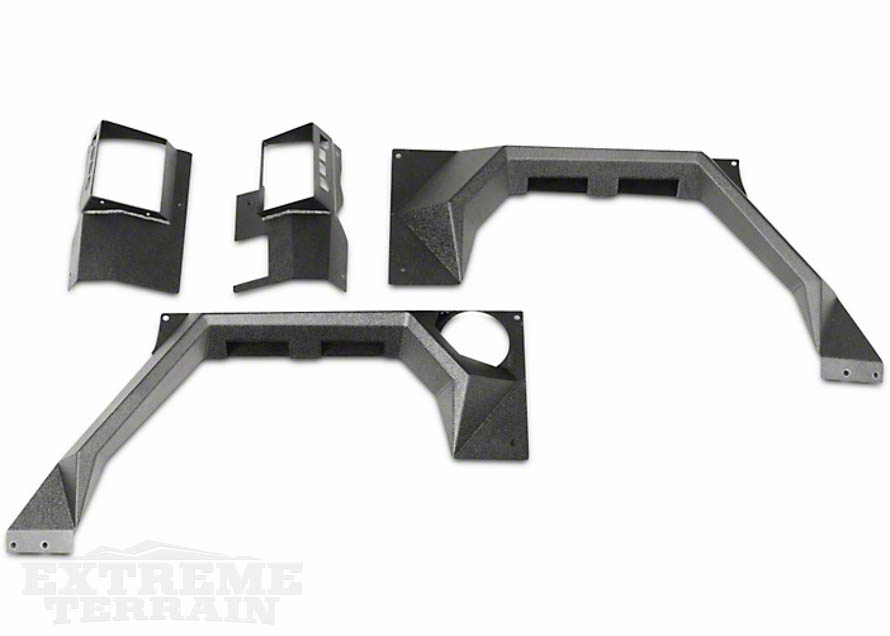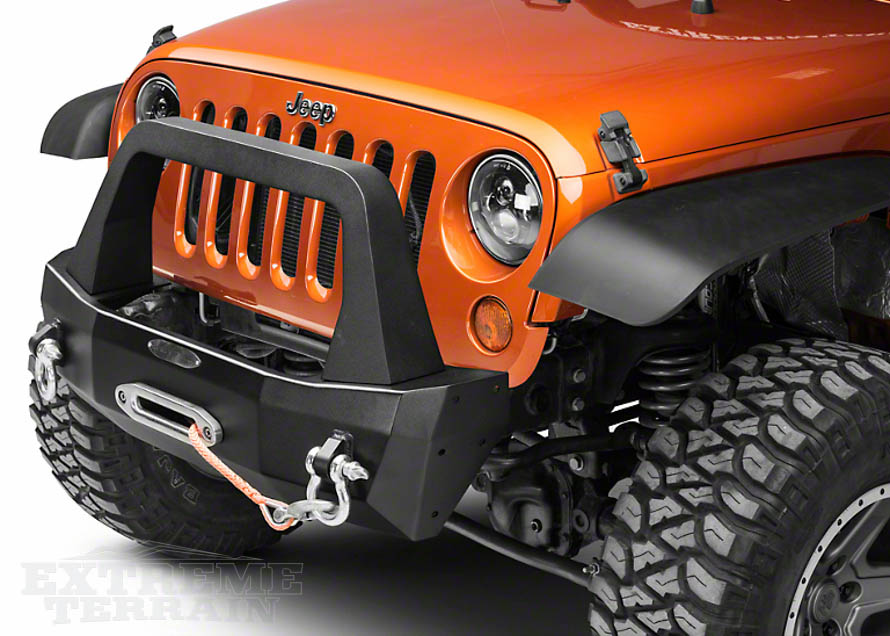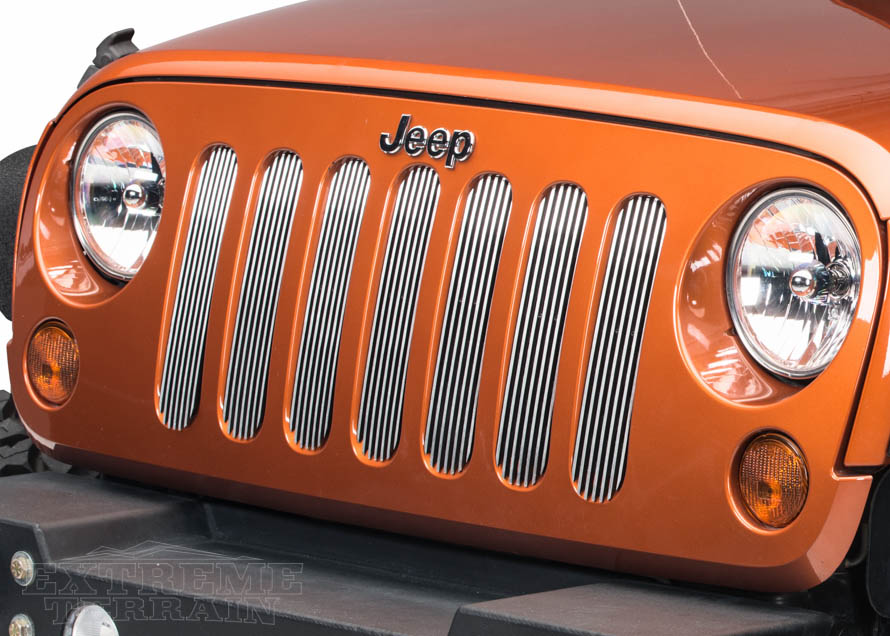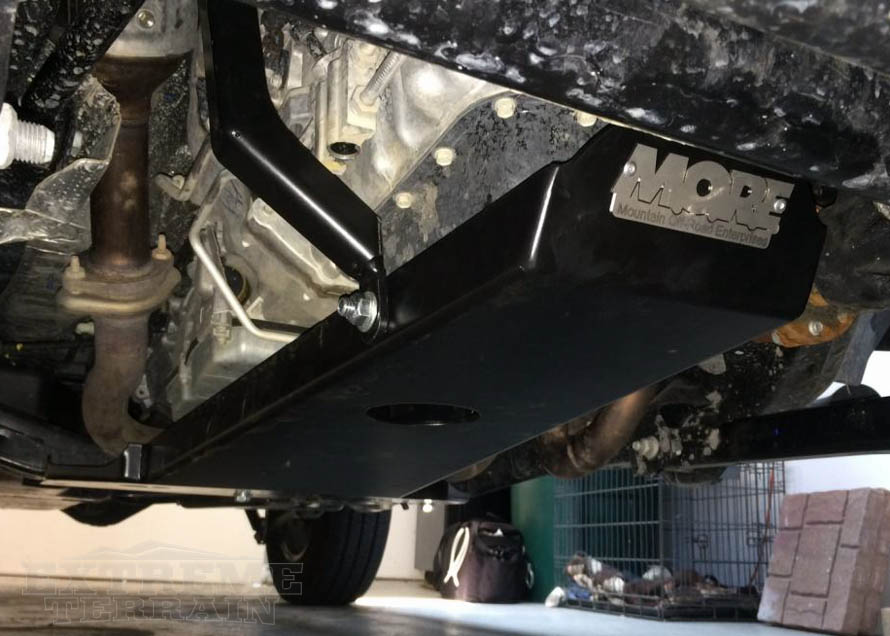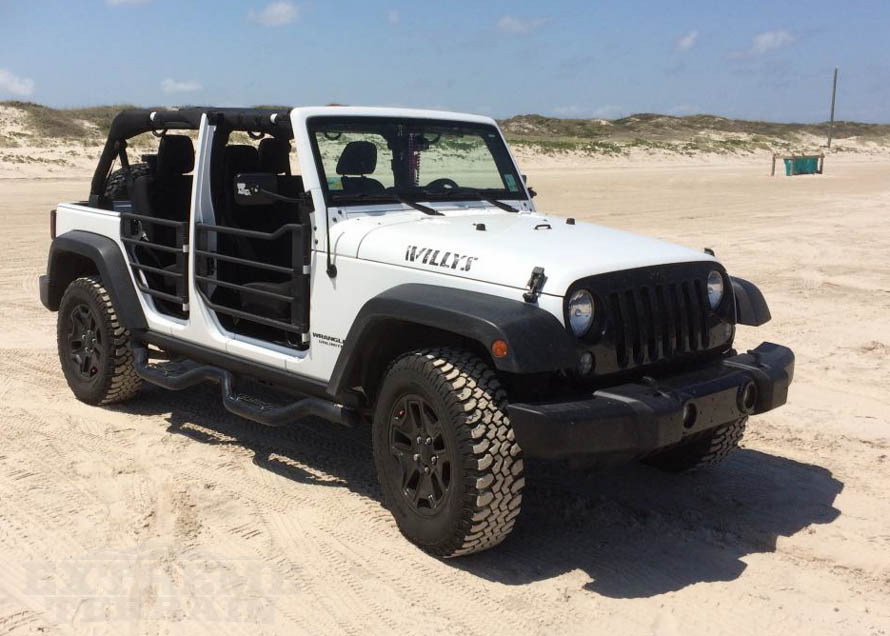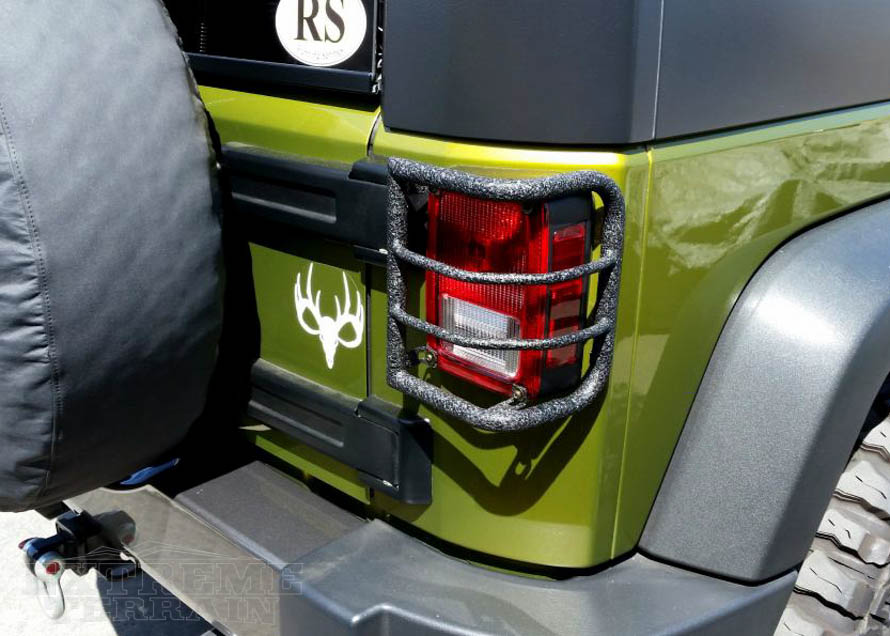When you are on the trail in your Jeep Wrangler, it is comforting to know a suit of armor surrounds you and keeps you safe. Just how safe often depends on what trim level you purchased, and what aftermarket Jeep parts you have added. To avoid serious damage on the trail, it’s best to upgrade your Jeep with aftermarket armor. Since 1941, Jeep has been producing some of the most rugged and capable vehicles that venture where others wouldn’t dare to go. While the stock Wranglers are very durable, it is still a good idea to help reinforce some of the more exposed areas. Wrangler armor can help protect your Jeep’s body and important mechanical components, saving you from deep scratches, gouges, smashed differentials, sliced oil pans and expensive fixes.
Contents
- What's the Best Material for Armor?
- Tough as Nails: Tough as Steel
- Wrangler Aluminum Body Armor: Not Quite as Light as Air
- Aluminum's Version of Rust: Corrosion
- For Aesthetics, Plastic Body Parts
- Wrangler Grilles
- Protecting Your Wrangler's Fenders
- Wrangler Rock Rails/Sliders
- VIDEO: The Best 4 JK Wrangler (2-Door) Rock Sliders
- Wrangler Rocker Gaurds
- Wrangler Quarter Panel Armor
- Wrangler Skid Plates
- The Importance of Differential Covers
- Wrangler Cages: Factory vs Aftermarket
- Wrangler Bumpers: Front to Back
- Tube Doors: Letting Air In, Keeping Rocks Out
- Light Guards: Keeping the Trail Lit
Shop Wrangler Body Armor
Nothing's worse than being stranded on the trail with a busted differential or transmission. If you're gung-ho about rock crawling, it's better safe than sorry to install armor pieces to protect your rig.


